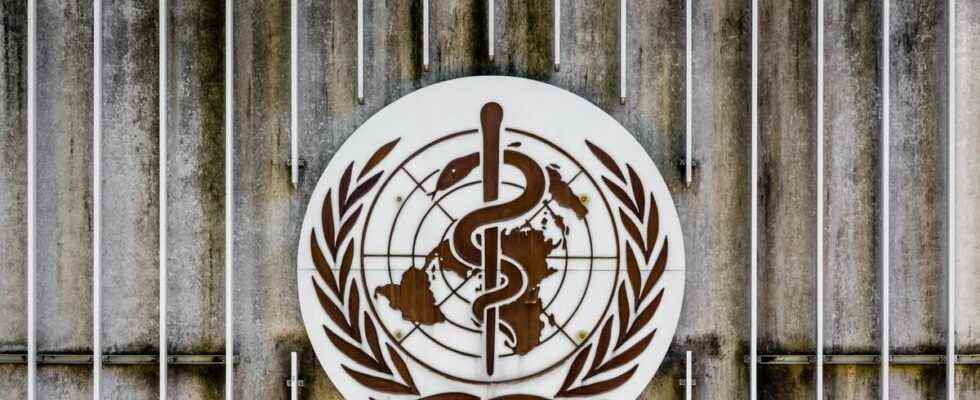Modern slavery has progressed in the world in recent years, driven in particular by the pandemic, with nearly 50 million people forced to work or marry last year, the UN said on Monday September 12.
The UN wants to eradicate this scourge by 2030, but last year 10 million more people were in a situation of modern slavery than the global estimates for 2016, according to the latest report published by the International Labor Organization ( ILO) and the International Organization for Migration (IOM) – two UN agencies – with the NGO Walk Free Foundation.
The pandemic, an aggravating factor
Of the 50 million modern slaves, nearly 27.6 million were people subjected to forced labor and 22 million were people married against their will. Women and girls make up more than two-thirds of those forced into marriage and almost four out of five of those in situations of commercial sexual exploitation, according to the report. In total, they represent 54% of cases of modern slavery. The pandemic – which has caused deteriorating working conditions and rising worker indebtedness – has strengthened the springs of modern slavery in all its forms.
Read alsoForced labor, ecology: Brussels wants to regulate companies
In recent years, the report explains, the multiplication of crises – the pandemic but also armed conflicts and climate change – have caused unprecedented disruption in terms of employment and education, the worsening of extreme poverty, the multiplication of forced and dangerous migrations, the explosion of cases of gender-based violence. All of which contribute to increasing the risk of modern slavery. Around the world, nearly one in 150 people is considered a modern slave. These data – which come mainly from nationally representative household surveys – also indicate that situations of modern slavery are by no means transitory, but last for years.
In a press release, the Director General of the ILO, Guy Ryder, judges “shocking that the situation of modern slavery is not improvingand calls on governments but also trade unions, employers’ organizations, civil society and ordinary people to fight against “this fundamental violation of human rights“. The report proposes a number of actions. These include improving and enforcing labor laws and inspections, ending state-imposed forced labor, expanding social protections and strengthening legal protections, including by raising the legal age of marriage at 18 without exception.
In every country
Women and children remain disproportionately vulnerable. Thus, almost one in eight forced laborers is a child and more than half of them are victims of commercial sexual exploitation. Migrant workers are more than three times more likely to be subjected to forced labor than non-migrant adult workers. Antonio Vitorino, Director General of the IOM, pleads that all migration “be safe, orderly and regular“. “Reducing the vulnerability of migrants to forced labor and human trafficking depends above all on national policy and legal frameworks that respect, protect and fulfill the human rights and fundamental freedoms of all migrants“, he says.
Modern slavery is present in almost every country in the world. More than half (52%) of all forced labor cases and a quarter of all forced marriages are in upper-middle or high-income countries. Forced marriage has increased in recent years, up by 6.6 million since 2016 global estimates. The report also reveals that the number of people in forced labor increased by 2.7 million between 2016 and 2021. , an increase due solely to forced labor in the private economy, both in commercial sexual exploitation and in other sectors.
Read also“We agree to give you our daughter”: the scourge of forced marriages in France
Asia and the Pacific are home to more than half of the world’s total of forced labourers. The report highlights in particular that various UN bodies have raised concerns about forced labor in China, including in Xinjiang. As such, the report points out that China deposited on August 12 the instruments of ratification of the two fundamental conventions of the ILO on forced labor, which “creates new momentum for cooperation with government and social partners to follow up on these issues (and) to combat forced labor“.
